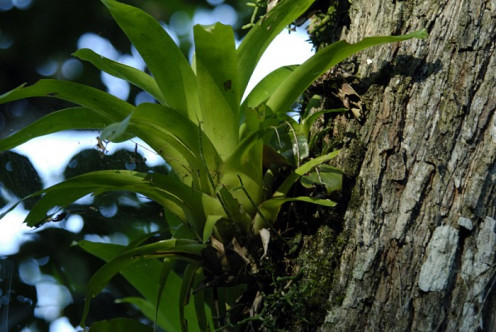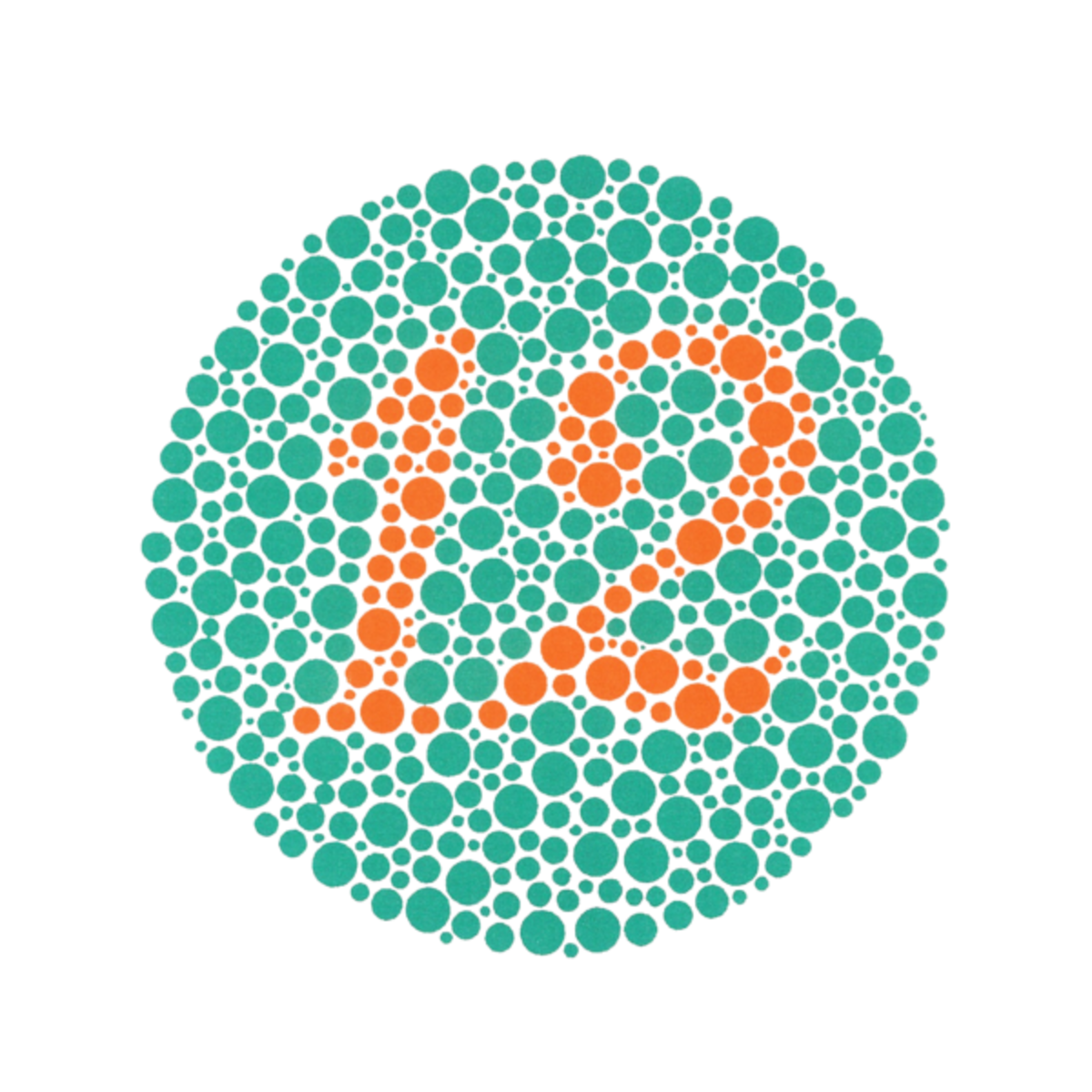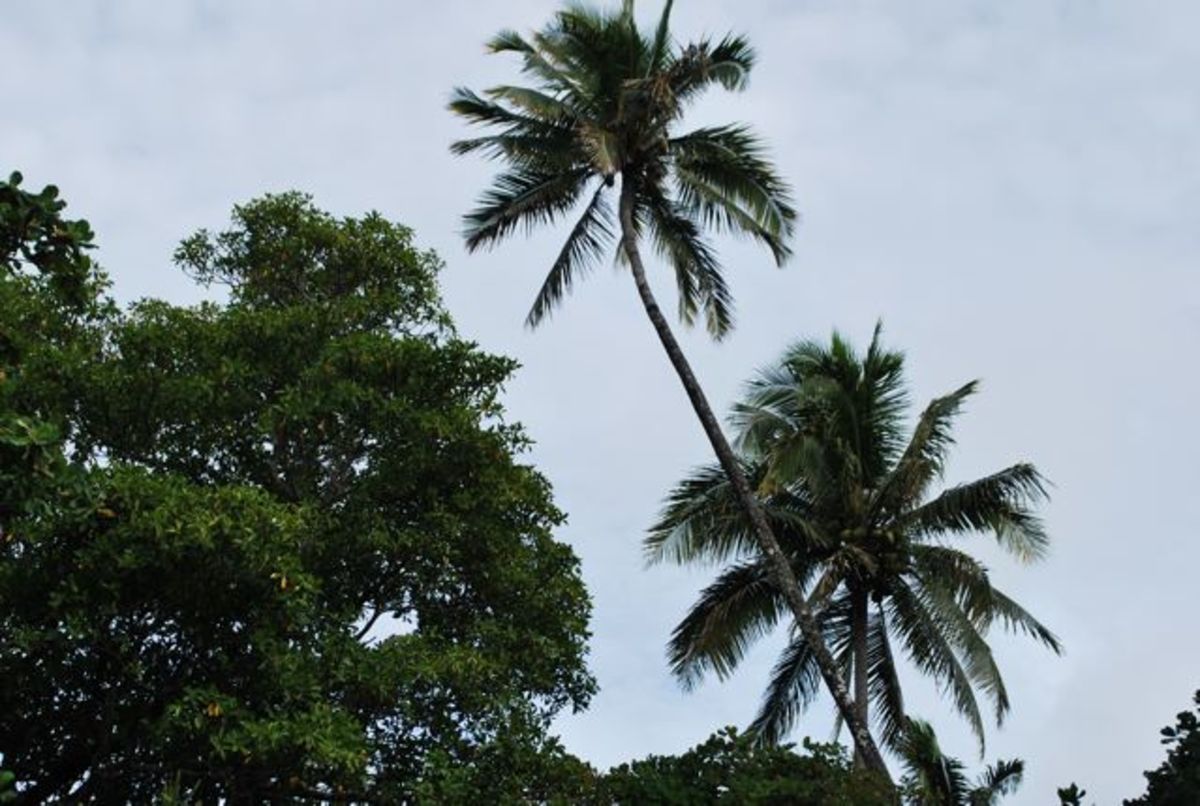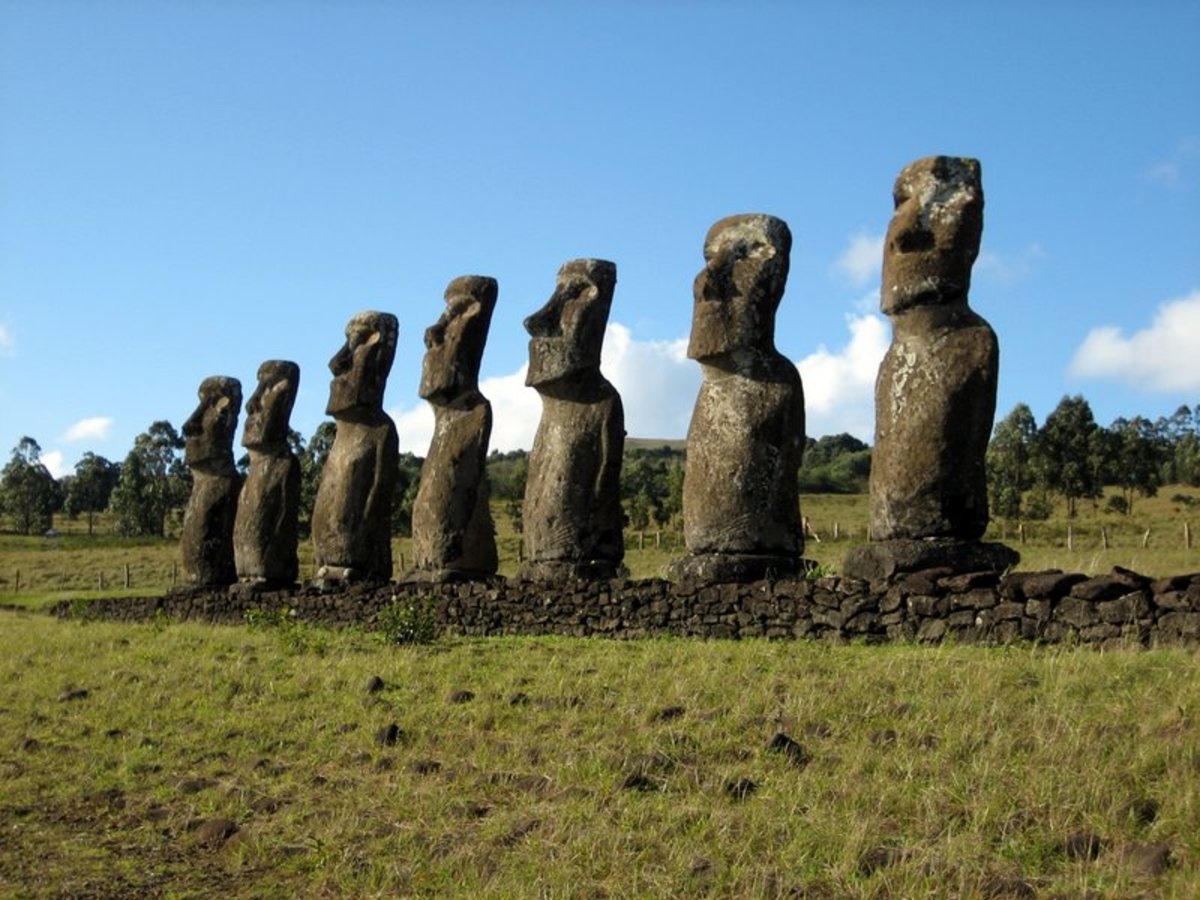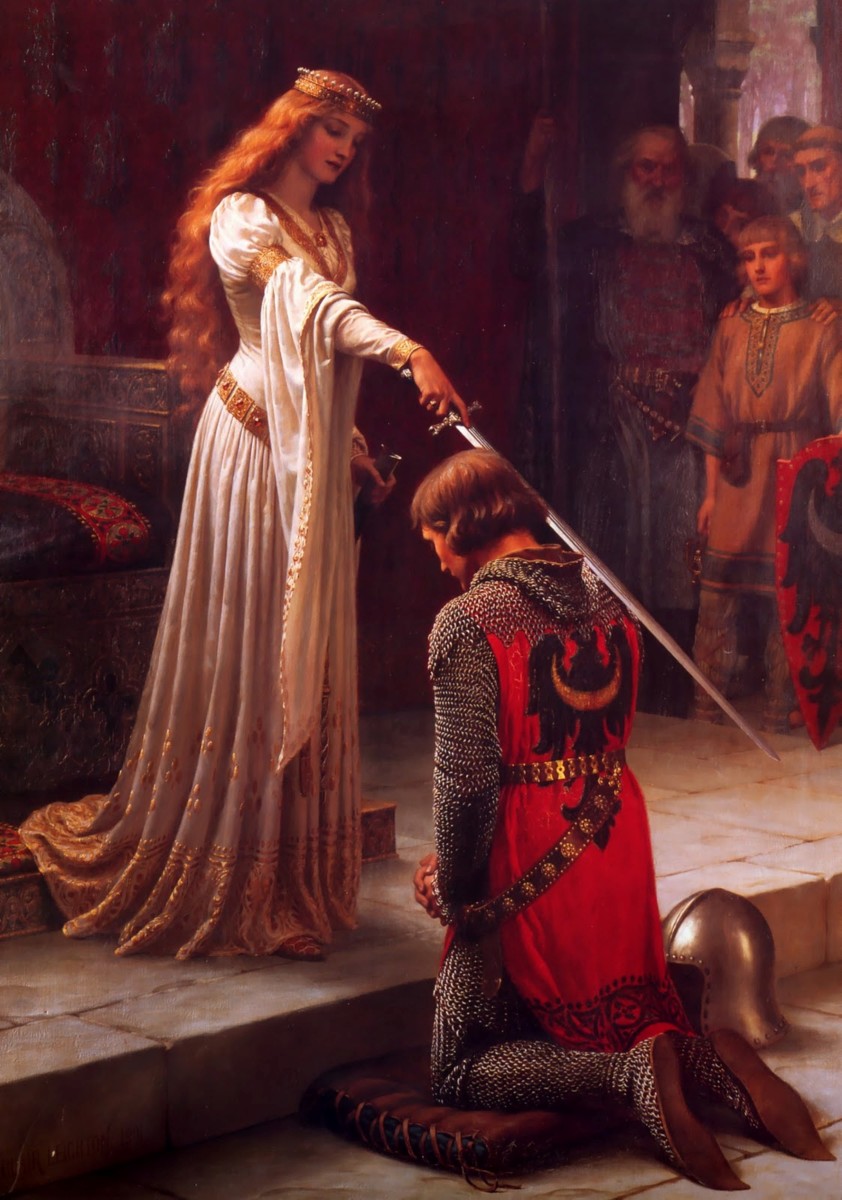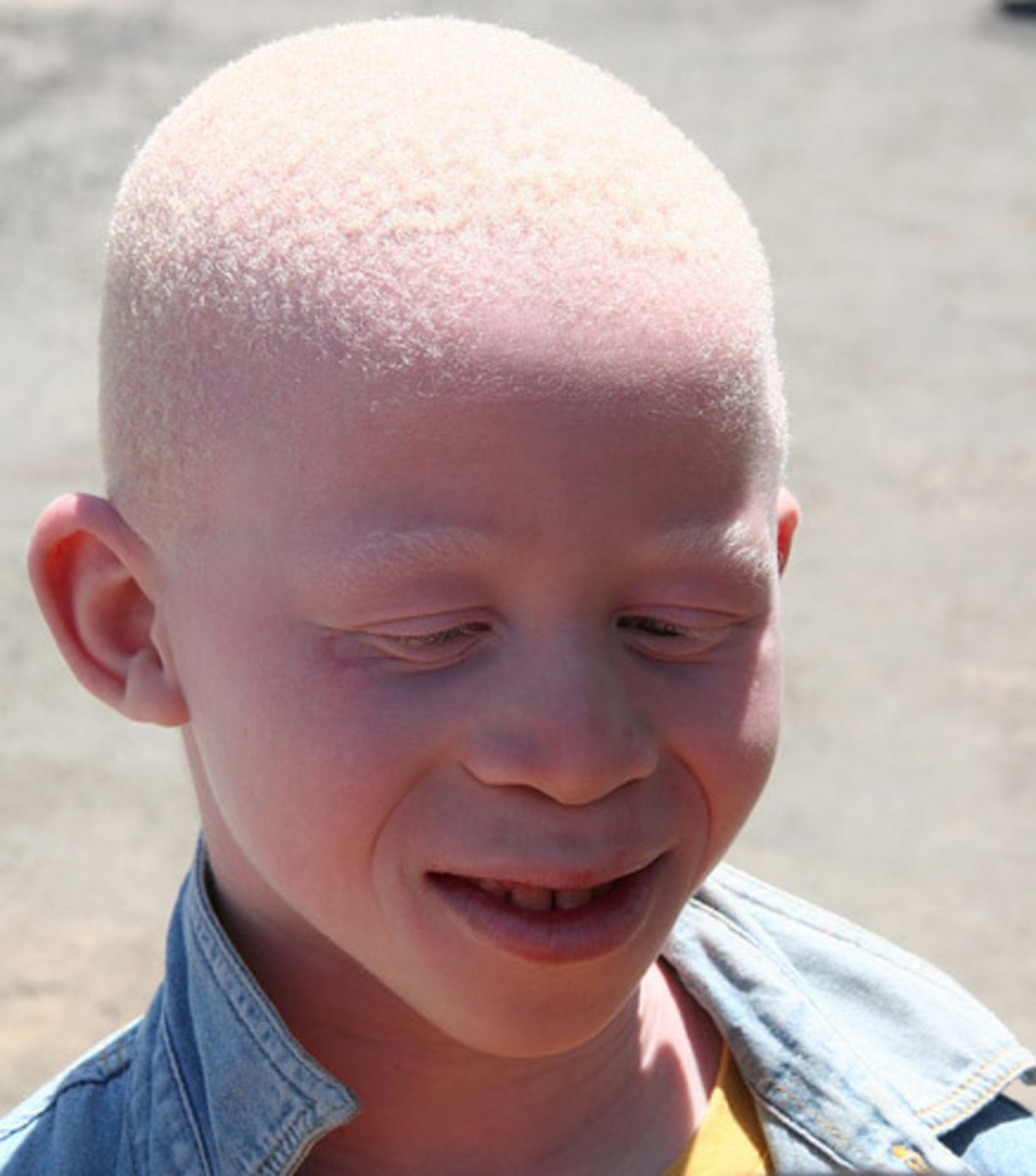Island of the Colorblind - Neurologist, Dr. Oliver Sachs in the Pacific Islands


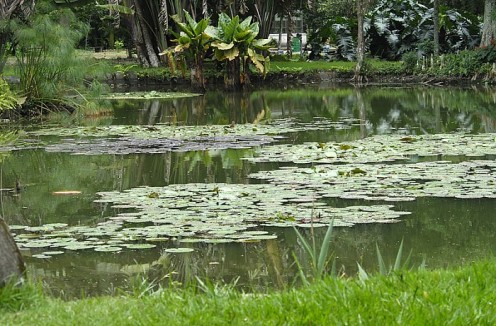













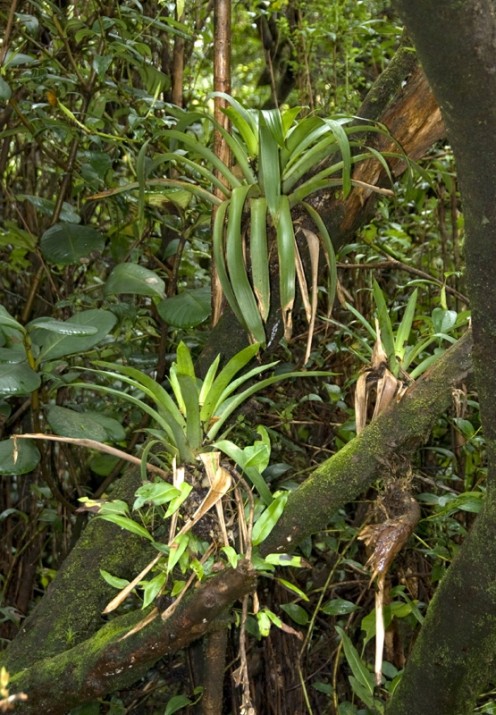

Oliver Sachs is a well-known neurologist who has written many books about various brain and neurological disorders. You may be familiar with his first book, based on his own medical experience as a doctor in AWAKENINGS The book was later made into a movie, with Robin Williams and Robert DeNiro.
Sachs has become quite famous for investigating and writing about unusual patients suffering from rare neurological disorders. Dr. Sachs became interested when he started hearing intriguing reports of an isolated community of islanders born totally colorblind on the tiny Pacific atoll of Pingelap.
While researching color blindness, he made the acquaintance of Knut Nordby, a Norwegian scientist who happened to be totally color-blind. Knut and another scientist agree to travel to Pingelap with Oliver to assist the people, analyze the disease, and search for ways to combat or eliminate the disease. After arriving in Pingelap in 1993, Dr Sachs established a clinic in a one-room dispensary and begins evaluating the Pingalapese natives.
Over 10% of the native Pengalese people are affected by the disorder and about 30% are carriers. This 1 out of 10 ratio is stunning and significant because in the United States, for example, 1 in 33,00 people have the disorder where the retina has no functional cone cells whatsoever. Rod cells, which normally provide peripheral and night vision, are their only source of vision.
Dr. Sachs was of course concerned about the individuals afflicted with achromatopsia…he and his fellow researchers brought hundreds of pairs of sunglasses and visors with them to distribute to the achromatopes. The purpose of these items was to assist the people to function more fully. Generally, people with this disorder, are virtually blind in bright daylight. They stay indoors much of the day and are only comfortable in very dim sunlight. They discovered that the afflicted children played outside or went swimming in the surf at either dusk or dawn.
But he also wanted to study the group, the entire population of achromatopes and document the effects of physical isolation (caused by colorblindness). There are tasks which achromatopes cannot perform safely due to their inability to distinguish colors.
They are further isolated from their fellow islanders because most of those born color-blind never learn to read. They cannot see the teacher's writing on the board. Of course they can't work outdoors in bright light, and often are unable to see fine detail.
Yet Dr. Sachs found that many achromatopes develop acute compensatory memory skills and utilize their remaining sense in heightened and unusual ways. The Pingalapese describe their colorless world in rich terms of pattern and tone, luminance and shadow. In the more shaded jungle where they are comfortable with the light level, they are able to recognize a great variety of plants.
A person with normal sight would be aware of the many shades of green in the foliage. Of course everything they see is gray, but there are many shades of grade, some are brighter or shinier or duller than others. And they are acutely aware of the rich profusion of patterns and textures which can be discerned in leaves and plants, if one is not distracted by the more obvious chroma or colors.
As far as using other senses, consider the simple problem of recognizing whether a piece of tropical fruit is ripe without being able to see its color. They would rely much more heavily than people with normal sight do upon touch or feel and of course upon smell.
What Dr. Sachs focuses on in this book, as in most of his books is the enormous adaptability of human beings, the great variety of compensatory mechanisms we can develop to overcome difficulty….. and the enormous complexity of design of the human brain and nervous system.
Background on Vision: The retina is made up of what are called rods and cones. The rods, located in the peripheral retina, give us our night vision, but can not distinguish color. Cones, located in the center of the retina (called the macula), let us perceive color during daylight conditions. People with normal cones and light sensitive pigments (trichromasy) are able to see all the different colors and subtle mixtures of them by using cones sensitive to one of three wavelengths of light - red, green, and blue.
Many of us tend to think people who are "colorblind" live their lives in stark black and white - like watching a black and white movie or television. This is a very common misconception, because it is extremely rare to be totally colorblind. There are actually many different types and degrees of colorblindness and they are more correctly labeled 'color deficiencies.' Five percent of the men and 0.5% of the women of the world are born colorblind, or more correctly color deficient. Or to put it another way, 1 out of 20 men and 1 out of 200 women has a color deficiency or is totally colorblind.
People with mild color deficiencies (they are called red-weak or green-weak) make up 99% of the individuals in this group. A slight color deficiency is present when one of the three color cones has light sensitive pigments which are coded incorrectly in the person's genes – this is a genetic mutation. A more severe color deficiency exists when two of the cones have light sensitive pigments that are altered.
Genes contain the coding instructions for the pigments present in the cones, and if the coding instructions are wrong, the cones will be sensitive to different wavelengths of light (resulting in a color deficiency). I myself have a mild color deficiency, unless in very bright sunlight, I cannot distinguish between gray, blues with gray or brown undertones, and greens with gray or yellow undertones (result of residual damage post cerebral infarction).
A person who is red-weak sees less “red tone” in any color in terms of its depth of color and its brightness. For example, red, orange, yellow, and yellow-green, all appear more green and paler than when seen by a normal observer. The redness component that a normal observer sees in a violet, lavender, or purple color is so weakened that the color may look like a simple shade of blue. If the differences are slight these individuals may not be aware that their color perception is abnormal. Many go through life with very little difficulty doing tasks that require normal color vision.
However, all three color sensitive cones are defective in Achromatopsia . This total color blindness occurs when two copies of the mutated genes that code for the disease are present. Congenital Achromatopsia is an extremely rare hereditary vision disorder that affects 1 person out of 33,000 in the United States
Congenital Achromatopsia is not progressive nor does it lead to blindness, however, it is characterized by extreme light sensitivity, poor vision, and the complete inability to distinguish colors. Now we go to tropical islands in Oceania.
Pohnpei, which means upon (pohn) a stone altar (pei)" is the name of one of the four states in the Federated States of Micronesia and is situated among the Senyavin Islands which are part of the larger Caroline Islands group. All of these clusters of islands are part of Oceania.
Pohnpei Island is the largest, highest, most populous, and most developed island in the Federated States of Micronesia. The islanders of Pohnpei have a reputation for being extremely hospitable. The island attracts many westerners who come for the beautiful tropical climate and vegetation and for the fishing, snorkeling, and scuba diving.
According to biologists, the island also contains a wealth of biodiversity. Biodiversity can be defined as "the variety of living organisms and the ecological complexes of which they are a part; this includes diversity within species, between species, and of ecosystems." So, biodiversity can refer to the genetic variation within an individual species (this applies to the human disorder Achromotopsia) , the variety of different species in a defined area, and the variety of habitat types within a landscape.
Biological diversity is of fundamental importance to the functioning of all natural, as well as, all human-engineered ecosystems. However, Pohnpei is important because it has a large minority population of Pingelapese who are afflicted with the most extreme form of color blindness, achromatopsia. This genetic disorder is rare, but is more likely to emerge in communities with a limited or restricted gene pools.
Pingelap is a coral atoll approximately 170 miles east of Pohnpei, also part of the Federated States of Micronesia. Pingelap has a land area of (455 acres) at high-tide, and is less than 2.5 miles across at its widest point. The atoll has its own language, Pingelapese, and averages between 250 and 300 inhabitants. An atoll is a coral reef enclosing a lagoon. Atolls consist of layers of coral of reef that form closed shapes, sometimes miles across, around a lagoon that may be 160 ft (50 m) deep or more.
Generally, they develop around the outer edges of a volcano which has risen above sea level. Over time the top or center of the volcano subsides, collapses, and the coral atoll remains. Most of the coral reef of course, is below the water’s surface. In 1775, a catastrophic typhoon, swept across Pingelap, killing 90% of the inhabitants and leaving approximately 20 people alive.
Scholars think that one of the survivors, the ruler at that time, was a carrier for achromatopsia. As a carrier, he was not color blind himself, but carried the recessive gene for that particular mutation – a gene that he would pass on to his children, who would also have normal vision.
However, roughly four generations after the typhoon, the citizens of Pingelap began exhibiting symptoms of this rare recessive disorder known as Achromatopsia, also known as Monochromasy – which is vision with the complete absence of any detectable color.
When it appeared, the Pingalese called the disorder MASKUN, which literally means “not see.” All those achromatopes on the island today can trace their ancestry back to this single male survivor of the great typhoon.
The disorder did not appear until the fourth generation after the typhoon, but geneticists explain this on the basis of inbreeding. In the case of the achromatopsia on Pingelap Island, the genetic mutation which produces monochromasy, increased exponentially in a fairly short period of time. This occurs only when the population is extremely small . Because relatives share many of the same genes inherited from their common ancestor, there is a high probability that the offspring of two related parents will inherit an identical trait from each parent.
Since achromatopsia is a recessive disorder, inbreeding between the descendants of Pingelap resulted in children who inherited two recessive genes for the disorder. Those Pingelapese survivors who inherited two recessive genes for monochromasy were born without any understanding of color and a great sensitivity to light.
While this condition is rare among large and diverse populations, on isolated areas like islands the potential for rare genetic conditions to become common increases dramatically. Discovery of these unusual populations frequently leads to scientific research and study.
Congenital or genetic Achromatopsia should not be confused with Cerebral Achromatopsia, which is an acquired form of total colorblindness that can result from trauma, illness, or some other cause. Persons who develop Cerebral Achromatopsia report that they see a monochromatic world, all in shades of gray.
Persons with Cerebral Achromatopsia are diagnosed by neurologists, rather than eye specialists. Their loss of color perception is not accompanied by severely impaired vision, extreme light sensitivity, or any abnormality in the photoreceptors of the retina, as is the case with persons who have genetic Achromatopsia.

Book Analysis and the Pacific Rim
- Rainforest Destruction: We Need to Save the Rain For...
The world's rainforests are at risk due to deforestation. As the rainforests are depleted, habitat for animals and a massive sink for CO2 will be gone. - The Mulu Caves of Borneo
Have you visited the land of the head hunters? Have you been to the largest cave passage in the world? Maybe you delight in watching wild flowers and exotic orchids.or you are a fauna person who loves to see the hornbill fly above you.Mulu National P - The Death March of Borneo Lest We Forget
- Totem Poles in the Pacific Northwest, Vancouver, Ala...
In-depth research and interviewing from 1700 to the 21st C. have revealed a history of totem poles globally that was previously unknown or discounted. - The People of Orchid Island and Links and Similariti...
Travel correspondent Joseph Rosendo traveled to Orchid Island to meet and study the Tao people for a PBS television special filmed in 2011.He began his journey and filming on Green Island just southeast of Taiwan and proceeded to Orchid Island,... - Natives of Borneo - The Pacific Theater in World War...
Written and directed by John Milius, who also wrote the screenplay for Apocalypse Now, this film (released in 1989) has interesting similarities to Apocalypse Now and some striking character reversals. For example, Colonel Kurtz goes native in... - Czechoslovakia Under Soviet Rule: Personalizing Hist...
Heda Margolius Kovaly, living in Eastern Europe, survived the Nazi regime in the 1940s and the the Communist regime in Czechoslovakia during the 1950s and 1960s. Sadly, her husband and many of her friend fell victim to Stalin's terror.

Books by Oliver Sachs
